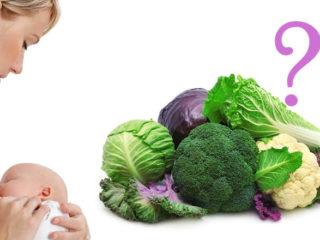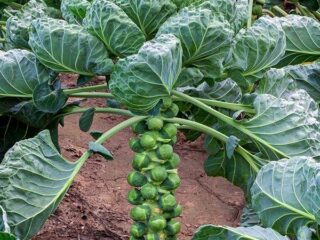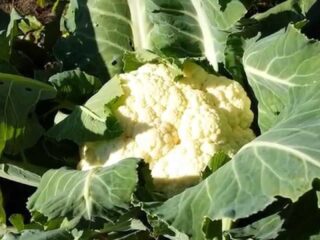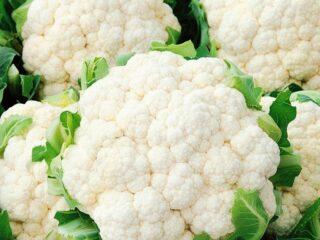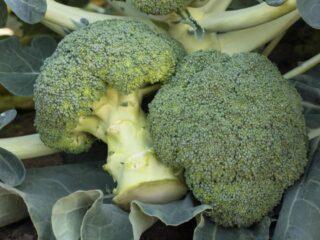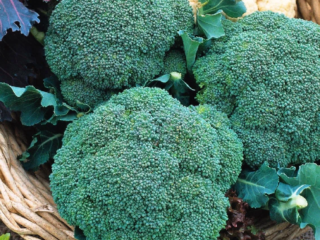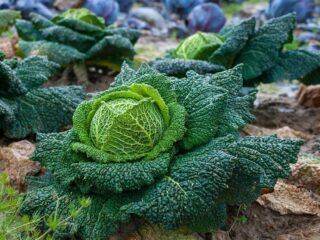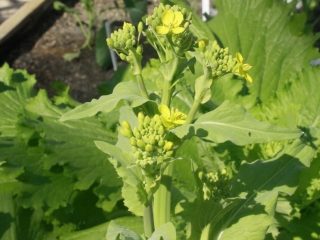Content
Contrary to popular belief, Chinese and Chinese cabbage are not the same thing, but two different crops that differ significantly in appearance. Although they belong to the same family and are close “relatives”, therefore the difference in chemical composition is minimal. As far as culinary uses are concerned, both crops can be called “interchangeable.”
Definition and Description
Peking cabbage is often called salad cabbage; in its homeland it is known as “petsai”. Chinese is called mustard or celery, its original name is “pak choy” or “bok choy”. Both crops “represent” the Brassica family, but the difference in their “appearance” is obvious.
Chinese cabbage
A herbaceous plant with a two-year development cycle, belonging to the Cruciferous family. On an industrial scale and on personal plots it is grown for one season.
Japanese and Chinese gardeners have been cultivating it for thousands of years. But in Russia (as well as in the rest of the world) it is not “promoted” enough; in popularity it is significantly inferior to the Beijing one.
The most significant difference between Chinese cabbage and most of its “relatives” is that it does not form a head.The plant is a relatively “loose” rosette of leaves with a height and diameter ranging from 20-50 cm.
The leaf blades are round or oval, with a slightly pronounced “bubbly” surface and smooth edges. The veins are clearly defined, slightly convex, white or pale green, less often bluish-gray. The petioles are the same shade, very juicy and fleshy, tightly adjacent to each other.
There are practically no differences in taste between certain varieties or hybrids. The leaves that are eaten are mainly the leaves, which are almost indistinguishable from spinach. The petioles are also eaten; they are coarser in texture and leave a slight islandy-bitter aftertaste.
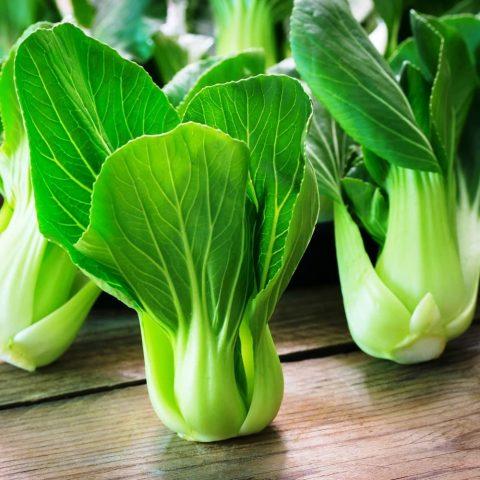
An adult rosette yields 150-250 g of greenery
Beijing cabbage
It is also a herbaceous plant with a two-year development cycle. Cultivated as an annual, gardeners and farmers are “interested” in the heads of cabbage, and not in the seeds that ripen by the end of the second season.
Chinese cabbage is a rosette without a stem. Its height and diameter are 15-35 cm. Thin and delicate leaves “curl” into a loose head of elongated cylindrical shape.
Most varieties and hybrids have light green leaves, less often they are purple, yellowish or white. The central vein is very wide and flat. The stalk is practically absent, its place is taken by a yellowish core from the “embryos” of the leaf blades.
The taste is typical cabbage, neutral-fresh. The leaves are thin, but very juicy. The entire head of cabbage is eaten. Its average weight is 0.7-1 kg.
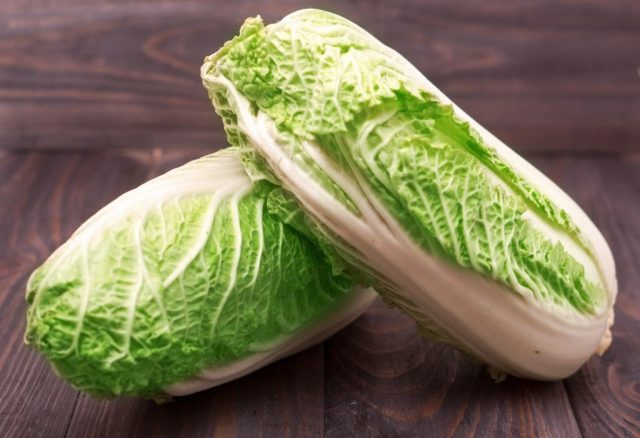
The entire surface of the sheet plates is “swollen” with large “bubbles”, the edges are corrugated or wavy
What is the difference between Chinese and Chinese cabbage
It is possible to confuse Chinese and Chinese cabbage only at the stage of growing seedlings. The difference in the “appearance” of the formed rosettes is obvious even to a non-specialist in the field of botany.
Head of cabbage and leaves
The main difference between Chinese cabbage and Chinese cabbage is that the latter does not form a head. The leaves feel denser and more elastic to the touch. Peking has no petioles of leaf blades.
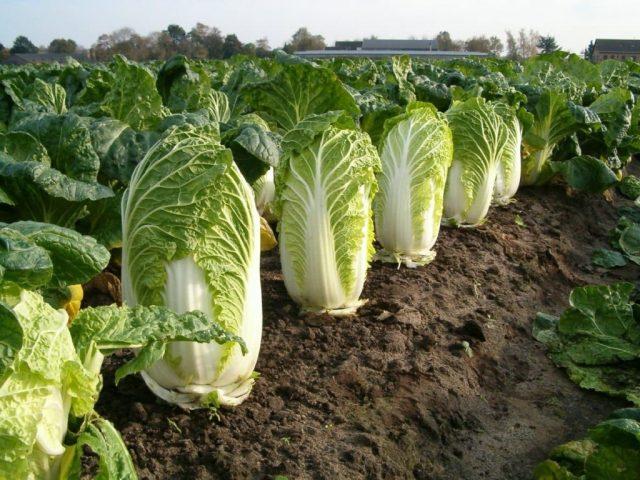
Chinese cabbage is more diverse in leaf color, although this applies to a few varieties and hybrids
Size
The difference in size between crops is in favor of Chinese cabbage. Its rosette is taller and “spreading”.
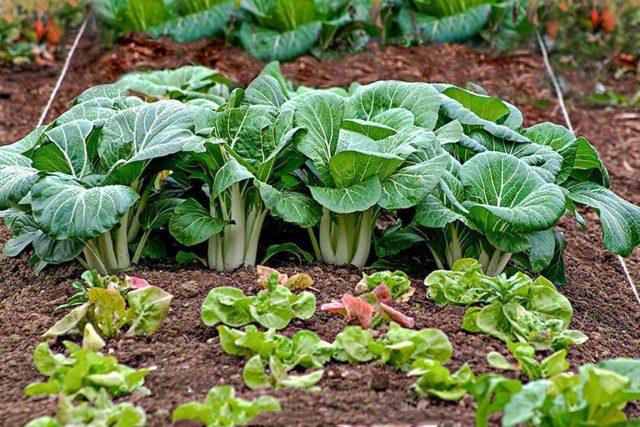
Chinese cabbage will take up more space in the garden bed
Chemical composition and benefits
Both of these types of cabbage are low in calories. The difference between them is minimal - 16 and 13 kcal per 100 g, respectively. The content of proteins, fats and carbohydrates is also almost identical.
Both crops are extremely rich in chemical composition, which is responsible for their health benefits. Both Chinese and Chinese cabbage contain:
- vitamins A, C, E, K, PP, D, all group B;
- macro- and microelements (sodium, potassium, phosphorus, magnesium, calcium, zinc, iron, copper, selenium, manganese);
- pectin and fiber;
- natural sugars;
- biologically active substances with antioxidant properties.
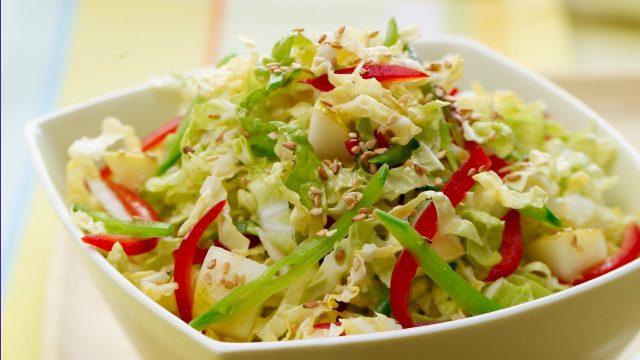
Beijing and Chinese cabbage are recommended to be included in the diet for those who are on a diet
Application
Both Chinese and Chinese cabbage are in demand in cooking. In principle, they are interchangeable in any recipe. What you can cook:
- salads (the most popular combination is with fresh vegetables and fruits, herbs, dietary chicken);
- soups;
- main courses
- vegetable side dishes and casseroles;
- “green” smoothies;
- pies or dumplings.
There is no difference in cooking methods either. Both Chinese and Chinese cabbage can be fried, stewed, baked, steamed, or boiled. They are also suitable for homemade preparations - both varieties are salted, pickled, and fermented.
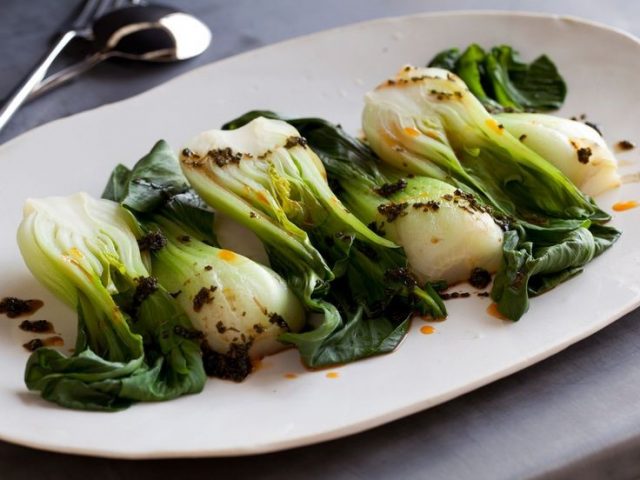
There is almost no difference in taste when salted and pickled with the usual white cabbage
Conclusion
Beijing and Chinese cabbage have similar names, but they are not synonyms denoting the same crop. The difference between them is obvious - just look at the aboveground part of the plants. Of course, there are also similarities - this is manifested in the chemical composition and in the “culinary” purpose, as well as in cold resistance, rapid ripening and relative ease of cultivation.
